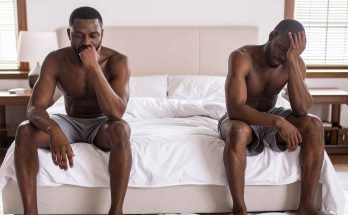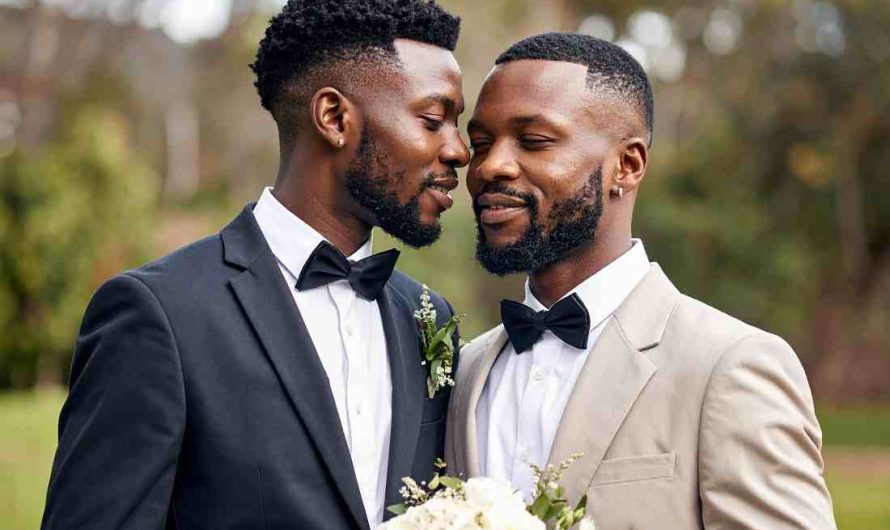By Daniel Nkado.
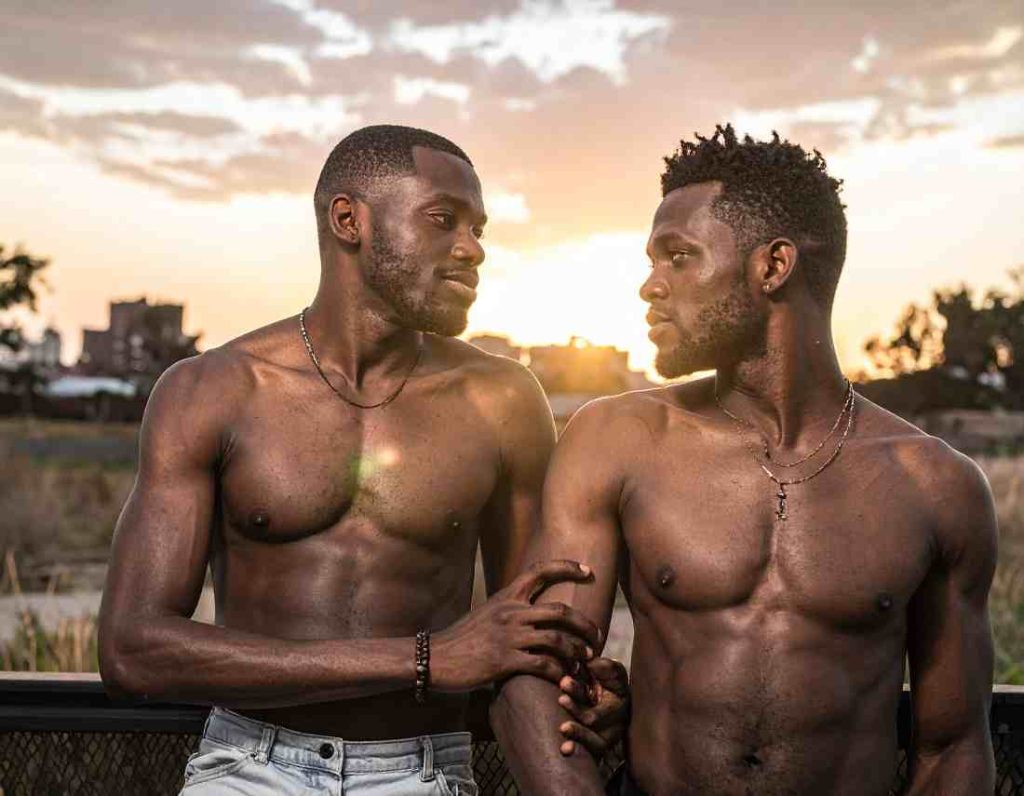
Finding a long-term romantic partner is challenging for most people today. But for gay, bisexual, and queer men, the barriers are not just personal—they’re structural, psychological, cultural, and even statistical.
If you feel like dating is harder for you than for your straight friends, research shows you’re not imagining it. Gay and bisexual men report higher loneliness and lower relationship satisfaction compared to heterosexual peers (Dewaele et al., 2022).
Understanding why this happens is the first step toward changing it.
Below are six evidence-based explanations for why finding love can feel nearly impossible for queer men—and practical strategies to help you move forward with clarity and confidence.
1. The math is brutal: The gay dating pool is smaller than you think
Even in big cities, the numbers work against queer men.
Gallup data shows only 7.2% of U.S. adults identify as LGBT, and only a fraction of that group are men who date men (Jones, 2024)4. In the UK, the latest ONS data shows that 3.8% of adults identify as LGB (Lesbian, Gay or Bisexual), 4.2% of them being men, with the number rising to 10.4% among 16–24-year-olds (Office for National Statistics, 2025)9.
Most African countries lack nationwide data on sexual orientation, but available research suggests that LGBTQ+ identification is likely similar to—if not lower than—global averages (3–7%) due to stigma, criminalisation, and safety-related underreporting.
Once you filter for being single, emotionally available, geographically close, age-compatible, and wanting the same type of relationship, the pool becomes extremely small—edging on microscopic.
The Fix
- Expand geography: Widen your dating radius. A nearby town or city can dramatically increase your pool.
- Use offline spaces: Join queer-friendly in-person groups where dating-app algorithms aren’t controlling who you meet.
2. Dating apps like Grindr and Jack’D reward hookups, not relationships
Trying to find a long-term partner on apps built for instant gratification is an uphill battle.
Apps like Grindr, Jack’D, Scruff, and Sniffies are optimised for speed, novelty (newness), and immediate sexual reward—not emotional intimacy. While some couples do meet on these platforms, user behaviour skews toward quick encounters, creating a mismatch for those seeking long-term commitment (Steele et al., 2024)11.
The Fix
- State your intent clearly: Instead of “seeing where things go,” explicitly write “seeking a long-term relationship.”
- Use relationship-oriented apps: Hinge, Bumble, and other apps requiring thoughtful profiles typically attract users with higher relationship intention.
3. Minority Stress quietly shapes your dating life
Growing up queer often involves managing stigma, concealment, bullying, or discrimination. This chronic strain creates Minority Stress, which can impact adult relationships (Meyer, 2003)5.
Meyer’s Minority Stress Model shows that LGBTQ+ people carry higher levels of anxiety, hypervigilance, and internalised stigma (Frost and Meyer, 2023)3. This can produce avoidant or anxious attachment styles—even in men who deeply crave connection (Bauermeister et al., 2010)1.
For some, this shows up as:
- Fear of vulnerability
- Overthinking or self-sabotage
- Detachment or emotional shutdown
- Feeling “not good enough”
- Fear of appearing too gay
The Fix
| The Challenge | Key Strategies | Immediate Action (to try on your own) |
|---|---|---|
| Fear of Vulnerability | • Trauma-informed therapy • Practice low-stakes disclosures • Reframe vulnerability as a learnable skill | Share one small preference. Tell a trusted friend a minor truth you usually hide (e.g., “I like Taylor Swift, not Jay-Z”) |
| Overthinking / Self-Sabotage | • Cognitive restructuring (CBT) • Small behavioural experiments • Mindfulness pauses to reset | The “Fact Check” Method—when a sabotaging thought appears, write it down. List two facts for it and two facts against it—then take one tiny action (e.g., press “send”). |
| Feeling “Not Good Enough” | • Self-compassion practices • Clarifying personal values • Building affirming social connections | The Compassion Break—when inadequacy hits, say: “This is a setback. Setbacks are part of life. It doesn’t erode my worth.” |
| Fear of Appearing “Too Gay” | • Reality-testing (Safety vs. Anxiety) • Practising short scripts • Identity affirmation | The Safety Audit—rate the environment on a 1–5 safety scale. If it’s a 4 or 5, try one “micro-visibility” act (e.g., share a story with a group). |
4. Delayed Adolescence: Queer men learn dating skills later
Many straight people learn to date as teenagers. Queer people often cannot—because they’re closeted, unsafe, or still figuring themselves out. As adults, they essentially play “catch-up.”
This is often called Gay Adolescence—a period where queer men learn breakups, boundaries, communication, jealousy, and emotional regulation later in life.
Michael Dale Kimmel (2017)6 notes in his book “The Gay Man’s Guide to Open and Monogamous Marriage” that this mismatch creates a “skills gap,” where an adult’s emotional experience doesn’t match their chronological age.
The Fix
- Adopt a student mindset: Dating is a skill—not a personality trait. You’re learning, not failing.
- Educate yourself: Books on attachment, online resources/blogs, and queer-affirming dating coaches can accelerate your growth (Pew Research Centre, 2025)10.
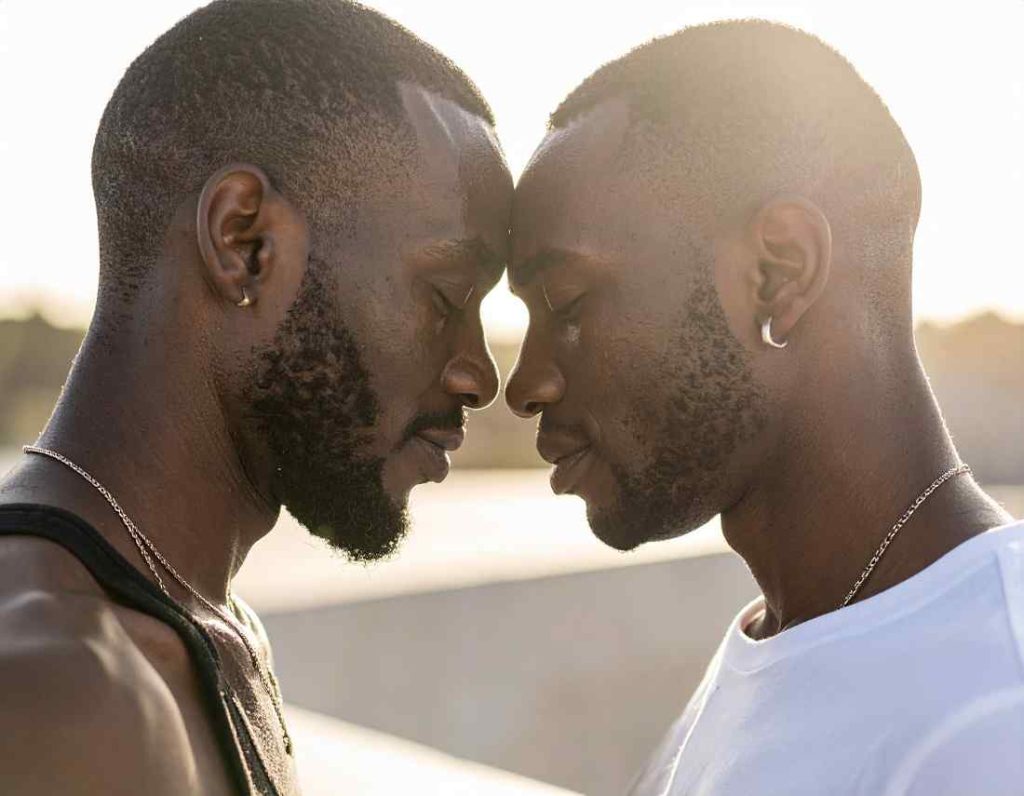
5. Unrealistic masculinity standards within the community
Sometimes the biggest barriers to queer dating come from within the queer community itself.
The gay male social landscape has historically emphasised youth, muscles, masculinity, and aesthetic perfection. Research consistently shows that gay men report higher tendencies for appearance comparison and a greater risk for body image concerns compared to straight men (Muzi et al., 2023)7.
This situation drives hyper-selectivity and exclusion among gay men, often based on:
- Race
- Age
- Body type
- Gender expression
- HIV status
This can make dating feel competitive, dehumanizing, and sometimes cruel.
The Fix
- Audit your preferences: Ask honestly whether your “type” reflects your values—or just an inherited bias from queer culture.
- Curate your digital diet: Unfollow accounts that reinforce shame or insecurity. Follow creators celebrating body diversity and queer joy.
6. Dating app burnout and decision fatigue
Dating apps are gamified systems designed to keep you swiping—not connecting. Too many options reduce satisfaction, a phenomenon known as the Paradox of Choice—having too many options increases the mental effort required to choose and often leaves us less satisfied with whatever we pick.
Systematic reviews show that gay and bisexual men experience intensified burnout, self-esteem drops, and emotional fatigue on dating apps, partly because they rely on them more heavily for connection (Castro and Barrada, 2020)2.
The Fix
- Timebox your usage: Limit apps to one short, intentional session per day.
- Move offline quickly: Ask for a video call or coffee date once mutual interests are established to avoid endless texting that goes nowhere.
⭐ Summary: It’s not you—The system is just hard
Finding love as a queer man is possible—but only with strategies tailored to the real challenges you face.
| Area | Actionable Strategy |
|---|---|
| Logistics | Expand your dating radius and try “slow dating” apps. |
| Mental Health | Address stress, stigma and attachment patterns through therapy or support groups. |
| Community | Build connections offline through queer events, volunteering, or hobby groups. |
| Dating Skills | Communicate intentions early and practice healthier emotional habits like honesty. |
When you understand the forces shaping modern gay dating, you’re no longer stumbling in the dark—you’re navigating with strategy. You become an active architect of your love life, not just a passive participant.
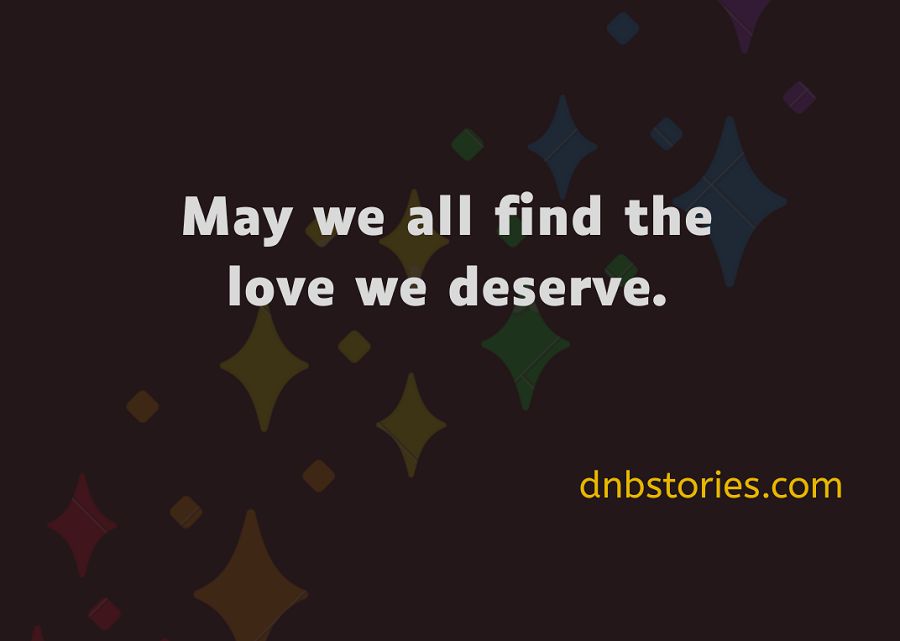
Daniel Nkado is a Nigerian writer, editor, and author, best known as the founder of DNB Stories Africa, a digital platform covering Black stories, lifestyle, and queer culture.
📚 References
- Bauermeister, J. A., Johns, M. M., Sandfort, T. G. M., Eisenberg, A., Grossman, A. H., & D’Augelli, A. R. (2010). Relationship Trajectories and Psychological Well-Being Among Sexual Minority Youth. Journal of Youth and Adolescence, 39(10), 1148–1163. https://doi.org/10.1007/s10964-010-9557-y
- Castro, Á., & Barrada, J. R. (2020). Dating Apps and Their Sociodemographic and Psychosocial Correlates: A Systematic Review. International Journal of Environmental Research and Public Health, 17(18). https://doi.org/10.3390/ijerph17186500
- Frost, D. M., & Meyer, I. H. (2023). Minority stress theory: Application, critique, and continued relevance. Current Opinion in Psychology, 51. https://doi.org/10.1016/j.copsyc.2023.101579
- Jones, J. (2024, March 13). LGBTQ+ Identification in the US Now at 7.6%. Gallup. https://news.gallup.com/poll/611864/lgbtq-identification.aspx
- Meyer, I. H. (2003). Prejudice, social stress, and mental health in lesbian, gay, and bisexual populations: Conceptual issues and research evidence. Psychological Bulletin, 129(5), 674–697. https://doi.org/10.1037/0033-2909.129.5.674
- Michael Dale Kimmel. (2017). The Gay Man’s Guide to Open and Monogamous Marriage. Rowman & Littlefield.
- Muzi, L., Nardelli, N., Naticchioni, G., Mazzeschi, C., Baiocco, R., & Lingiardi, V. (2023). Body Uneasiness and Dissatisfaction Among Lesbian, Gay, Bisexual, and Heterosexual Persons. Sexuality Research and Social Policy. https://doi.org/10.1007/s13178-023-00805-3
- National Academies of Sciences, Engineering, and Medicine. (2022). Reducing Inequalities Between Lesbian, Gay, Bisexual, Transgender, and Queer Adolescents and Cisgender, Heterosexual Adolescents (E. H. Forstag, Ed.). National Academies Press. https://doi.org/10.17226/26383
- Office for National Statistics. (2025, January 29). Sexual orientation, UK. Ons.gov.uk; Office for National Statistics. https://www.ons.gov.uk/peoplepopulationandcommunity/culturalidentity/sexuality/bulletins/sexualidentityuk/2023
- Pew Research Centre. (2025, May 29). The Experiences of LGBTQ Americans Today. Pew Research Centre. https://pewrsr.ch/4dGlRHh
- Steele, A. R., Hadad, S., Ingham, J. T., Megahey, R. B., Nilan, G. F., Phillpott, J. E., Vinson, S., & Monson, O. (2024). “You don’t look for love on Grindr, that’s for sure”: a qualitative investigation into dating app use of Australian same-sex attracted men. Psychology and Sexuality, 1–15. https://doi.org/10.1080/19419899.2024.2378721
- Yang, Y., Ye, Z., Li, W., Sun, Y., & Dai, L. (2024). Efficacy of psychosocial interventions to reduce affective symptoms in sexual and gender minorities: a systematic review and meta-analysis of randomized controlled trials. BMC Psychiatry, 24(1). https://doi.org/10.1186/s12888-023-05451-y
